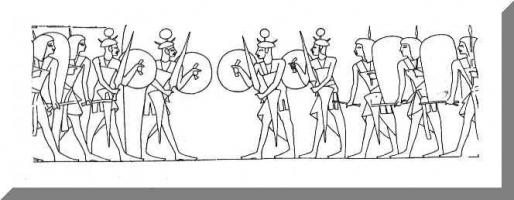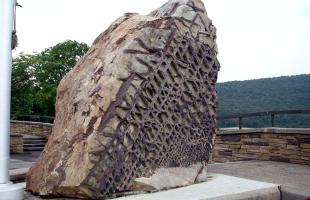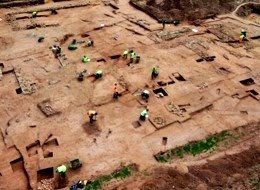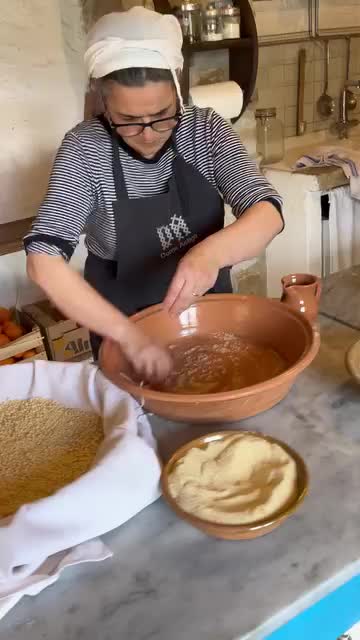Indigenous people of the Xingu

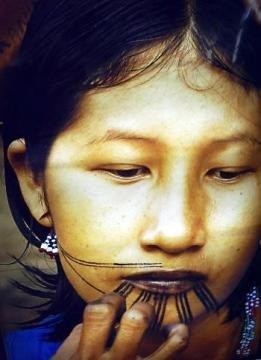
In the northeastern area of the state of Mato Grosso, in Brazil, there is an immense protected area, where deforestation or construction cannot be done. It is the land of the indigenous people of the Xingu River, who, in reality, belong to various ethnicities and speak different languages.
The Xingu River, with its 2,100 kilometers in length, is the sixth longest tributary of the Amazon River, and its river basin, of 531,000 square kilometers, is comparable to the size of Spain.
In the indigenous reservation area, which is 27,000 square kilometers large, approximately 6,000 indigenous people from 14 different ethnic groups live together.
According to archaeologist Michael Heckenberger, around 800 AD, some Arawak groups, coming from present-day Roraima, settled on the banks of the Xingu.
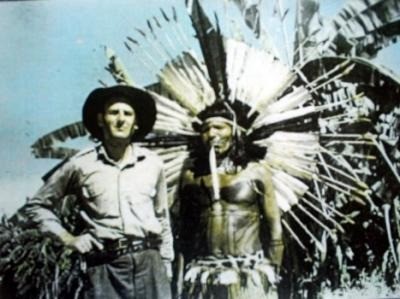
In the region there were already indigenous people of the Je language, one of the four main linguistic groups in South America. Between 1400 and 1600, several fortified towns were built, with an area of up to 50 hectares.
Further archaeological studies confirmed that in the following centuries Caribbean-speaking peoples were established in the area. Between 1650 and 1750, the first confrontations between Portuguese explorers (called bandeirantes) and natives took place, which frequently ended in tragedies.
It was not only the impact of the war, since, in effect, for the Portuguese the natives represented only a problem that had to be eliminated to achieve their objectives more quickly, that is, to find great mineral wealth, but also the spread of new viruses and bacteria, which drastically reduced the population of indigenous people.
Just around 1750 AD, some Tupi-Guaraní language peoples, such as the Kamayurá and Aweti, arrived in the Xingu River area. Towards the end of the 19th century, other ethnic groups such as the Trumai, Bakairi, Suyá and Ikpeng arrived.
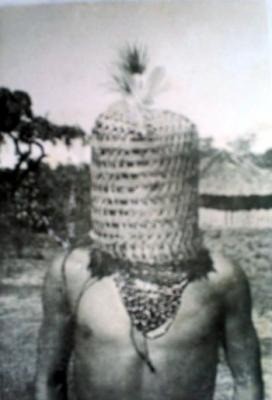
The first scientist who arrived in the territory and who subsequently provided valuable information about various native tribes and the flora and fauna of these regions was the German ethnologist Karl Von den Steinen, who in 1884 explored the upper course of the Xingu and some of its sub-tributaries-regions.
Starting in 1954, the Italian explorer Antonio Filangieri di Candida Gonzaga made some trips to the Xingu area, transmitting important descriptions of the life, habits and customs of the Carajá ethnic group.
The protected area was created in 1961, precisely to preserve the existence of indigenous peoples on the verge of extinction, as well as a natural and faunal oasis of invaluable importance.
One of the most relevant ethnic groups that inhabit the Xingu area is the Kamayurá, belonging to the Tupi-Guaraní linguistic group. Generally, its members live in circular towns, where the malocas (typical Amazonian huts) are placed in a circle around a main plaza. These can reach 30 meters in length and 10 meters in height, and host several families who live communally.
The access of young people to the lives of adults is still carried out through particular rituals, in which young people are locked in an enclosure for a fairly long time (sometimes more than a year), and can have contact only with specific people. During this period, the girls are taught a kind of martial art, called huka-huka, related to the cosmological customs of their culture. Normally, for girls, this procedure coincides with their first menstruation, while for boys the ceremony has more to do with strengthening their character, in order to prepare them for community life.
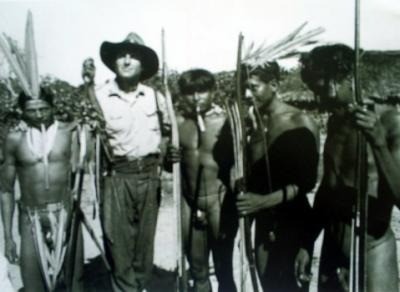
This type of initiation ceremony into adulthood is also seen in other South American cultures, such as the Wayuu of Colombia.
In the Kamayurás culture, the time that the young man will remain imprisoned will influence his future life, or, the longer he remains imprisoned, the more power he will have once he returns to normal life. When this rite ends, the person is given a definitive name, which replaces the name given at birth.
In some of these tribes, infanticide is still practiced, commonly applied to twins or children who have genetic malformations. This macabre custom is carried out by drowning, but the Brazilian foundation for the protection of indigenous people is doing everything possible to have rejected babies put up for adoption.
The society of the Kamayurás is patriarchal, based on inheritance. The chief is the highest person in charge of the community both politically and spiritually. Then there is the figure of the Pajé, a shaman respected for his religious functions, who also sometimes makes political decisions at a lower level with respect to the chief.
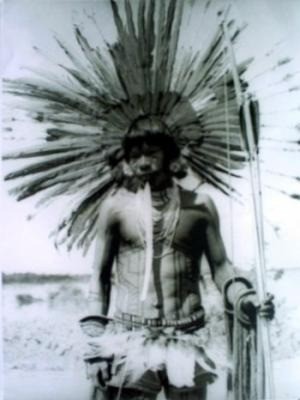
The Kamayurás practice polygyny, and the subject who has the most wives enjoys the highest social status.
Their religion is monotheistic, whose supreme Creator is known as Mawutzinin, who incarnated in the primal human creature. According to local beliefs, there is an active principle, called Mamaé, which can be harmful or benevolent depending on the case. With shamanic rituals also based on the ingestion of hallucinogenic plants, the positive Mamé can be brought closer and the negative one expelled.
The festivities called Quarup are very important among the indigenous people of the Xingu, in which tribute is paid to deceased indigenous people. The rite, centered on the figure of Mawutzinin, brings together various ethnic groups from the valley, not only the Kamayurás, since the traditions are common, except for the different origin and language.
During the celebrations you can attend the ritual fight called huka-huka, and also at the time of “barter”, in which weapons, fabrics and other objects are exchanged, complying with ancestral rites.
The diet of the Kamayurás is based on manioc and fish, also very abundant in the tributaries of the Xingu River.
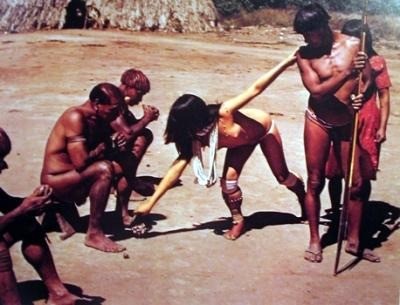
The life of the indigenous people of Xingu, which would be unthinkable to develop outside their ancestral territory, is unfortunately threatened by enormous economic interests: already in 1989 a large Brazilian company began construction work on gigantic dams for hydroelectric production in the area. protected from both the Xingu River and the Jiriri, its main tributary, but after large indigenous protest marches, such projects were abandoned.
The possibility of building a colossal ditch called Belo Monte on the Xingu River (in the state of Pará) is currently being studied, but some critics of this immense work maintain that it would be useless, since during the three dry months electricity could not be produced due to the low level of the river.
The other huge project is the Babaquara floodplain, which would flood approximately 6,000 kilometers of tropical forest with an incalculable loss of biodiversity. Both projects would cause excessive damage to the natives of the protected area, who would see their delicate river and forest ecosystems altered.
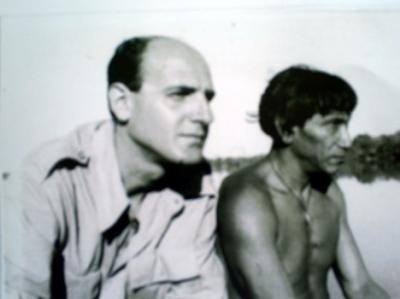
The exponential increase in lands cultivated with soybeans and used for cattle ranching, and the consequent destruction of enormous territories of virgin forest, is a cause for great concern, not only because it directly threatens indigenous peoples who depend on the surrounding environment for their survival, but also because it causes innumerable environmental damage and loss of biodiversity, which once lost can never be recovered again.
YURI LEVERATTO












